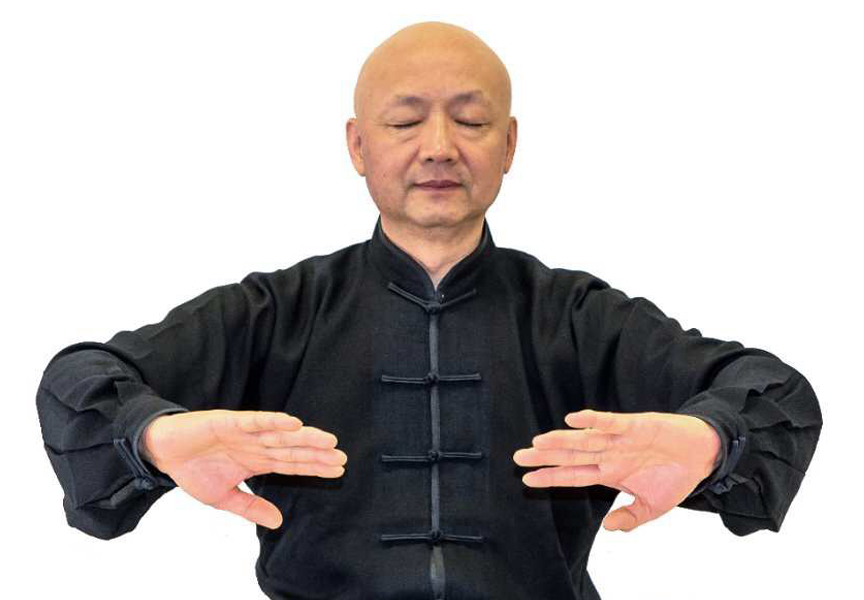Random Free Articles
- Evaluating the Necessity of Learning Martial Arts for Self-Defense

In a world where physical altercations can sometimes be unavoidable, the idea of learning a martial art for self-defense purposes seems logical and prudent. Many individuals are drawn to martial arts classes with the belief that acquiring combat skills will keep them safe in dangerous situations. However, before committing to rigorous training and dedicating time and resources to mastering a martial art, it's crucial to assess the…
- The Meaning of the Term Kung Fu
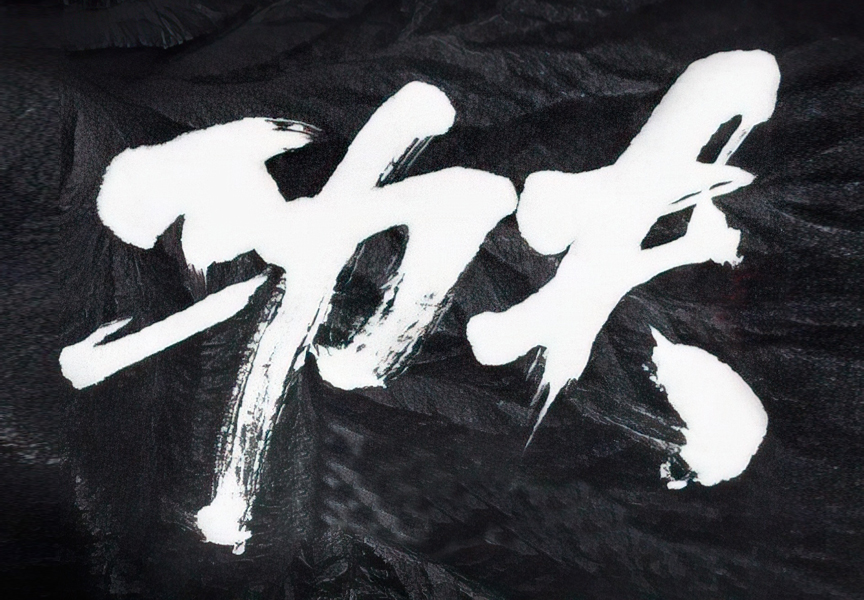
Gong Fu or Kung Fu, a term that conjures images of martial arts prowess, discipline, and ancient wisdom, has permeated popular culture as a symbol of physical and mental excellence. Originating from China, the term Gong Fu is widely used, often misunderstood, and frequently associated with cinematic displays of acrobatic combat. However, beyond the flashy kicks and punches lies a deeper meaning that encompasses a rich tapestry of history,…
- Taolu. The Artistry of Forms
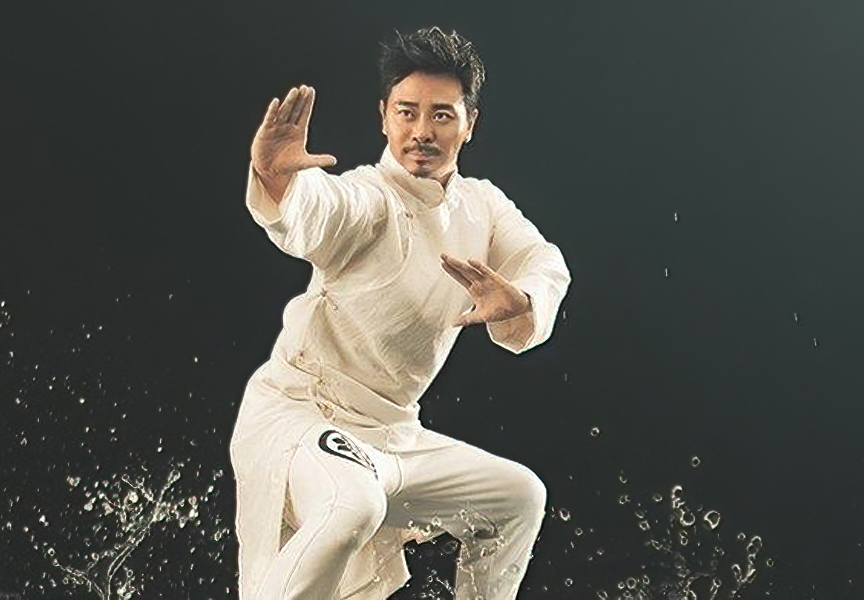
Martial arts, deeply rooted in ancient traditions and philosophies, embody a rich tapestry of physical prowess, mental discipline, and cultural significance. One of the distinctive elements in Chinese martial arts is the practice of "taolu" [Chin.: tàolù 套路], commonly known as forms. Taolu is not merely a choreographed sequence of movements; it is a dynamic expression of a martial artist's skill, showcasing a harmonious…
- Unlocking the Essence of Dang Jin
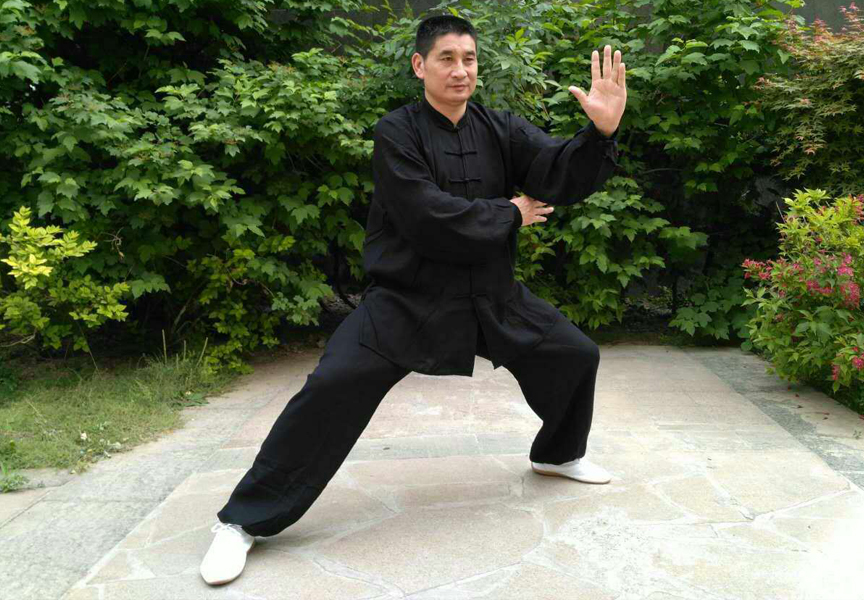
A Journey of Balance and Harmony Shaolin Rou Quan [Chin.: Shàolín róu quán 少林柔拳], often referred as Shaolin Rou Gong [Chin.: Shàolín róu Gōng 少林柔功], is a Chinese martial art that has captured the imagination of people around the world for centuries. Rooted in ancient philosophy and imbued with the principles of balance, harmony, and the interplay of opposites, Shaolin Rou Quan offers practitioners a path to physical…
- Sparring vs. Survival Instinct
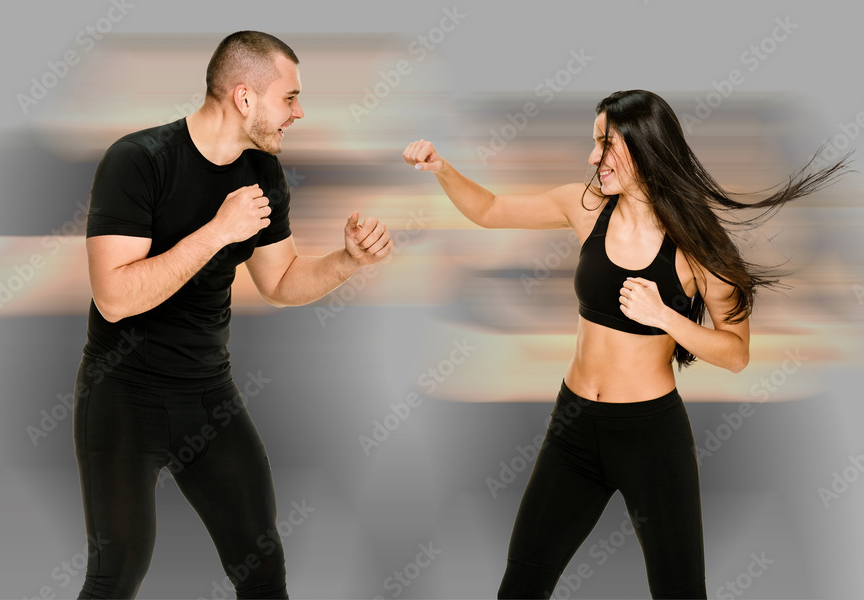
Combat training and physical response Martial arts, an age-old discipline, is not just about learning how to fight; it is about building character, discipline, and understanding the fine balance between aggression and defense. Central to this training are two crucial components: sparring and the development of a survival instinct. While both are indispensable, their utility varies based on the context and the goals of the practitioner. This…

